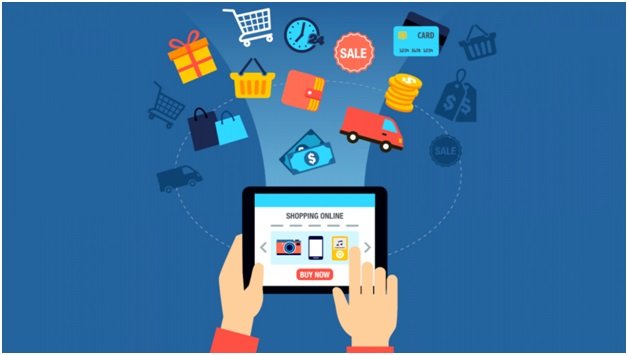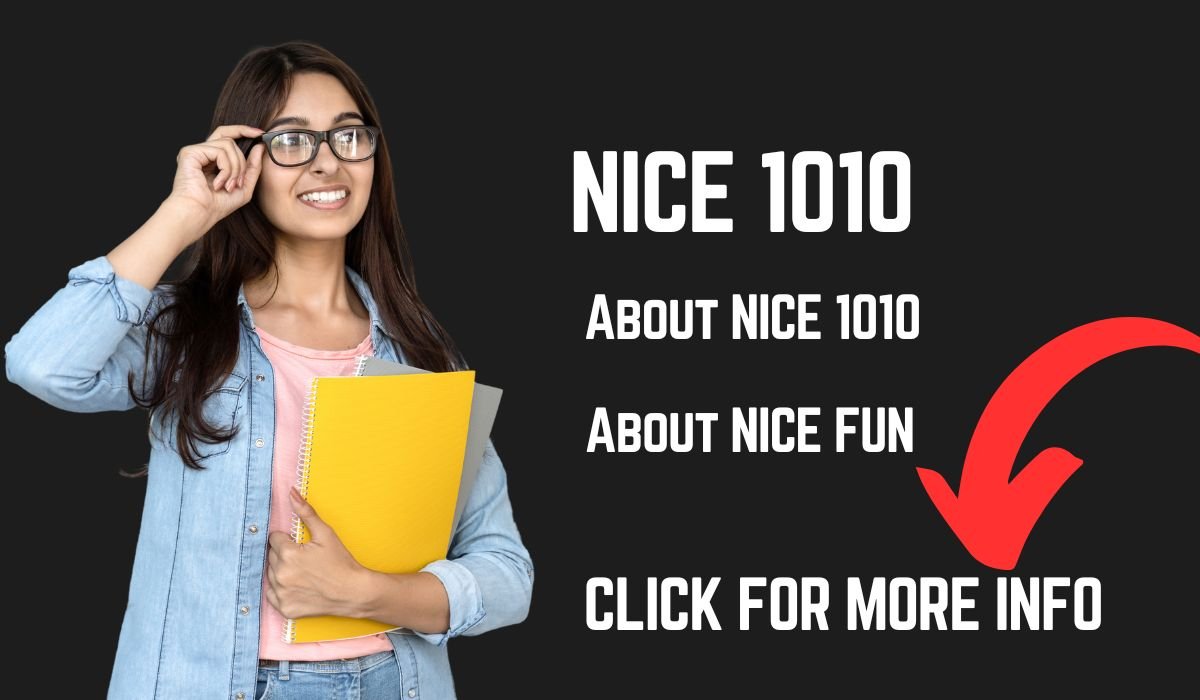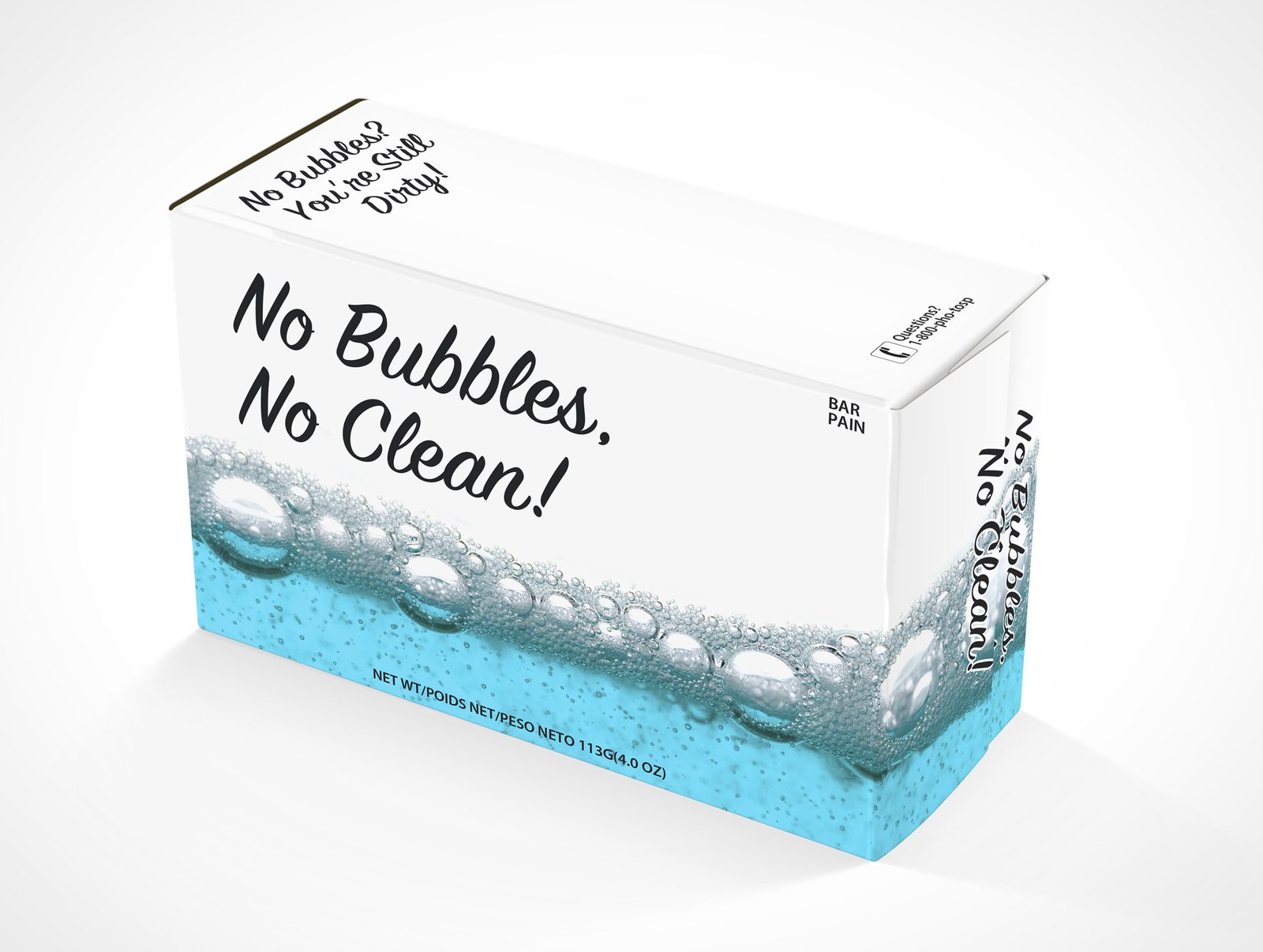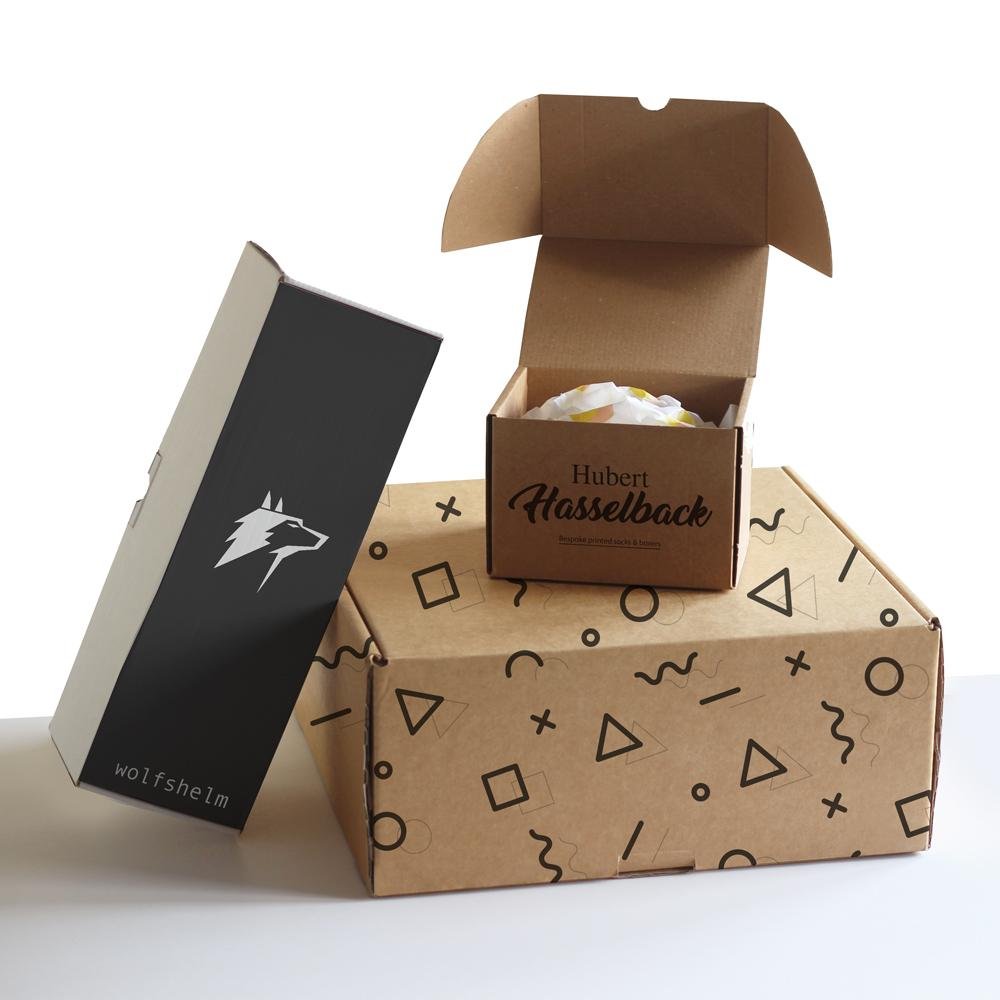5 Must-Have Email Automations for Small Businesses

The difficulties faced by entrepreneurs when trying to get the word out about their wares can be quite overwhelming. Email automation comes to the rescue in this situation. When it comes to running a small business and breaking it into the mainstream, email automation is a game-changer.
Automating your email marketing campaigns is a great way to save time and energy while still reaching your desired audience. With automated workflows in place, you can interact with customers in a more timely and personalized way, leading to increased open rates, click-through rates, and sales.
Leveraging email automation services can really help small businesses elevate their operations. Wish to find out which automated workflows must feature in their repertoire? Read on to find out!
- Welcome Email Series: Crafting a Memorable First Impression
A welcome email series should leave an indelible first impression on your subscribers. This is your opportunity to promote your company, highlight the benefits of your offerings, and establish a rapport with potential customers. Welcome emails facilitate a closer bond with your subscribers and increase their confidence in you.
Table of Contents
How can you create an effective welcome email series?
- Welcome message and brand introduction
Use your welcome emails to tell your new subscribers who you are and what you do. Talk about the history, values, and purpose of your company. Strive to forge an emotional connection with them.
- Value proposition and unique selling points (USPs)
Make it very clear what they stand to gain by joining your community. Highlight what makes you stand out from the competitors, all the while taking care to not sound unbearably boastful.
- Call to action (CTA) for engagement or conversion
Use a call to action (CTA) to encourage the desired behavior from your subscribers. Give your readers a reason to engage with your business, whether by inviting them to check out your website, nudging them to browse through your best-sellers, or requesting them to follow you on social media.
- Abandoned Cart Recovery Emails: Win Back Lost Sales
If you want to maximize your sales, recovering abandoned carts is something you must prioritize. It’s a lost opportunity when a prospective buyer starts shopping but doesn’t finish the transaction. Cart abandonment emails help you rectify this narrative.
How to strategize effective abandoned cart recovery emails?
- Timely reminders and personalized recommendations
Encourage customers to finish their purchases by sending them a series of timely reminders. Include customized product recommendations based on the products in their abandoned cart to catch their attention.
- Incentives and discounts to encourage completion
Give your customers a little something extra to push them over the edge and make a buy. To sweeten the purchase, offer a discount or limited-time incentive. A discount percentage, free shipping, or a free bonus item are all examples of this.
- Compelling copy and persuasive CTAs
Creating compelling content and CTAs involves highlighting the benefits of the items and establishing a sense of urgency to spur them into action at the earliest.
- Customer Onboarding Series: Guide Users to Success
Customer onboarding is where your journey begins. A customer onboarding series is a set of steps taken to facilitate an easy transition for new users into the depth of your products or services. It’s all about easing people into the process, getting them acquainted with your product, and ensuring they get the most out of it.
Key components of an effective customer onboarding series
- Welcome and orientation to the product/service
Start the onboarding process on the right note by saying hello to your new customer and thanking them for their patronage. Give them a high-level summary of what they may expect from your product or service.
- Step-by-step tutorials and educational content
Provide comprehensive lessons or educational information at each phase of the onboarding process. This could be in the form of tutorial videos, written tips, or even game-like “how-to” guides.
- Proactive support and next steps guidance
Give people step-by-step directions on what they need to do next to progress towards a desired end state. To guarantee a stress-free transition, you should address their worries and answer their inquiries quickly.
- Re-engagement Campaigns: Revitalize Dormant Subscribers
Some of your email list members are bound to exhibit gradually diminishing interest and activity over time. It is important, though, to get them interested again and bring them back into the fold. Re-engagement campaigns let you reach out to dormant subscribers and entice them to interact with your company again.
Use these strategies for effective re-engagement campaigns
- Personalized content and tailored offers
Craft personalized content based on their interests, preferences, or past experiences with your company. You can earn back their interest by reminding them of the value you add to their lives.
- Exclusive promotions and limited-time discounts
Discounts and special offers that are only available for a limited period can be a great incentive to bring back inactive customers.
- Interactive elements and surveys for feedback
Re-engagement campaigns that include interactive components and feedback questionnaires are more likely to catch the attention of inactive members. It could be in the form of a survey, poll, or quiz.
- Post-Purchase Follow-Up Emails: Foster Customer Loyalty
Customer loyalty can be greatly bolstered by sending emails to buyers after they’ve made a purchase. It will further cement your relationship with them. Following up with customers via email after a purchase shows that you care about their experience and can lead to increased sales and brand loyalty.
What Kind of Post-Purchase Emails Your Customers May Expect?
- Order confirmation and shipment details
Start with an email confirming the order and include all relevant information regarding the transaction such as the order number, items ordered, prices, and expected shipment or delivery dates. Customers may rest easy knowing that their orders have been received and are on their way.
- Request for product reviews and testimonials
Always seek to collect your customer’s inputs with the help of feedback emails. Besides helping you to understand their experience, it will also allow you to resolve all chinks in your armor. Not to mention, the reputation and credibility of your brand stands to be considerably enhanced by positive reviews and testimonials from satisfied customers.
- Upselling and cross-selling opportunities
You should use the follow-up email to pitch related products or paid upgrades to your customers. Offer suggestions for related or complementary products that will help them enhance the experience of their current purchases. If done right, upselling and cross-selling email can raise the average order value.
Key Takeaways
Each of the email automations stated above has its own significance for a small-scale business. If implemented right, you can accomplish long-term goals with them. Leverage email automation to send them the right message at the right time and always stay on their radars!
Author: Kevin George is the head of marketing at Email Uplers, that specializes in crafting Professional Email Templates, PSD to Email conversion, and Mailchimp Templates. Kevin loves gadgets, bikes & jazz, and he breathes email marketing. He enjoys sharing his insights and thoughts on email marketing best practices on email marketing blog.












